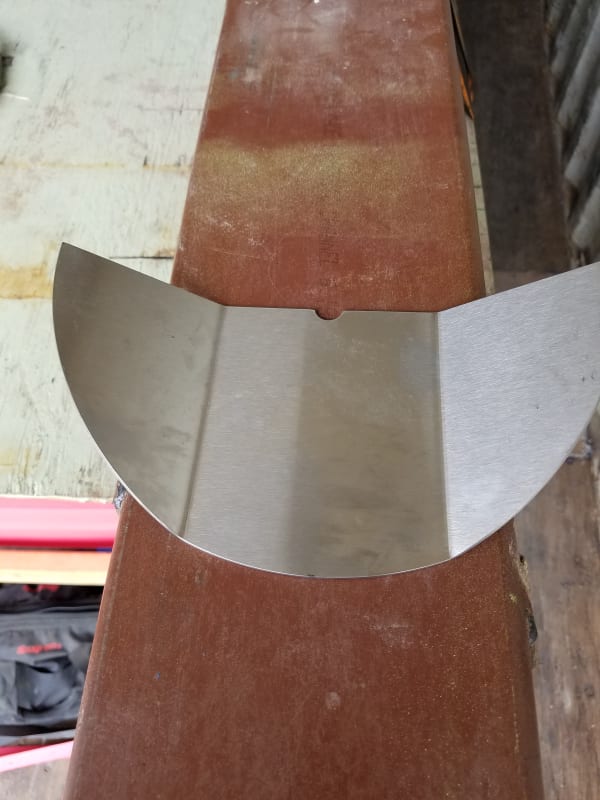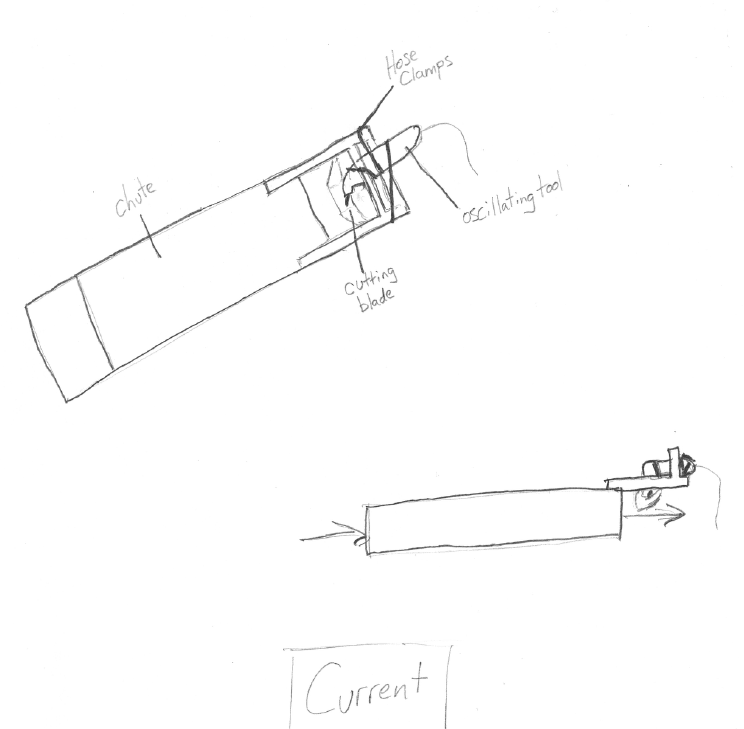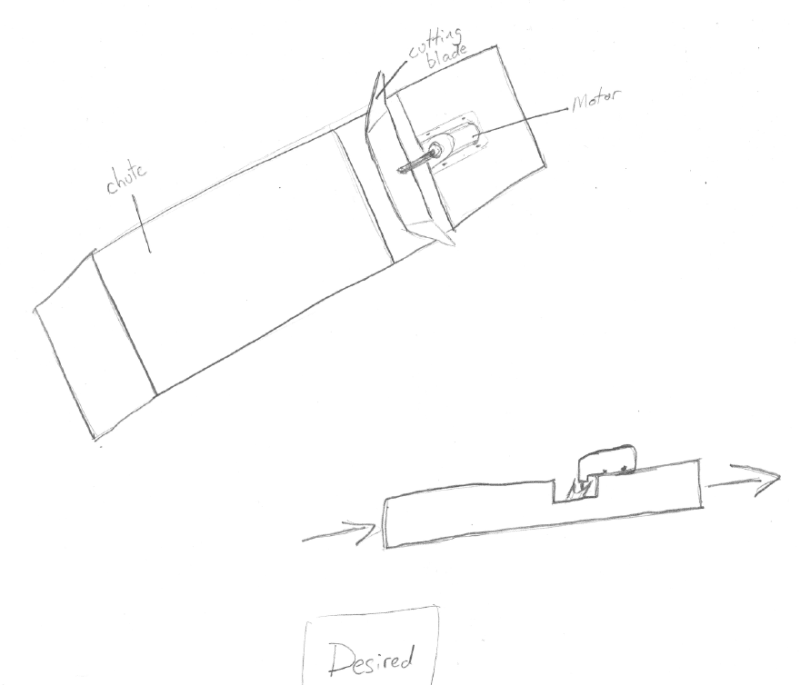I am working on a cutting machine for foam and am having a hard time finding the correct motor for the job. I have figured out that using an oscillating saw works best to cut through the foam. The foam is a closed cell 2lb density crosslink. I have a chute that holds the foam in place while the cutter slices a trapezoid shape groove on the top of the foam piece. The cutter works great when it is in the perfect position. However, over time, the position of the cutter moves making the cut not to specs. I need to make a cutter that is better stationary on the chute. My ideal one would be an oscillation motor fastened to an adjustable plane with the blade placed in the chute. I believe that I would need an eccentric or ultrasonic motor but cannot find one equivalent to an oscillating tool.
What motor or machine would work best to make a successful cut similar to a 20,000 OPM oscillating tool? Any assistance is much valued. Thank you for your time.
What motor or machine would work best to make a successful cut similar to a 20,000 OPM oscillating tool? Any assistance is much valued. Thank you for your time.





